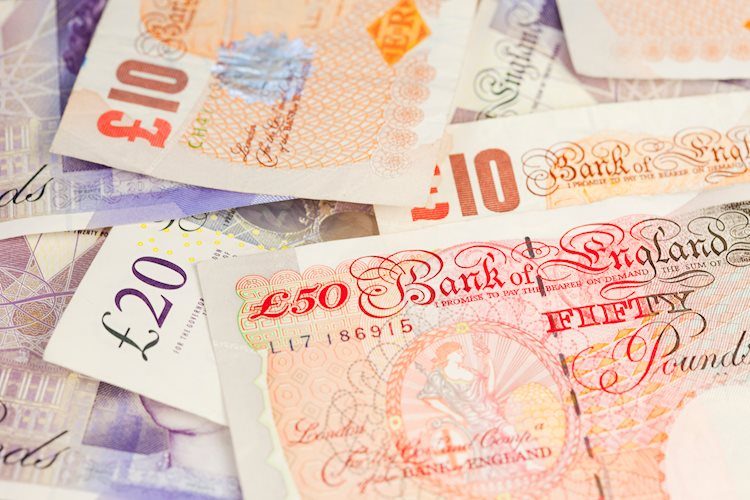The GBP/USD pair continued to test fresh 30-month highs on Thursday, as a broad-based selloff in the US Dollar led to a risk-on sentiment in the market. The Federal Reserve’s 50 basis point rate cut earlier in the week helped to boost global markets, while the Bank of England’s decision to hold rates failed to provide further strength to the Pound Sterling. The UK Retail Sales data for August is the only notable data point on Friday, but it is unlikely to have a significant impact on the market.
The Bank of England decided to keep interest rates steady at 5.0% on Thursday, with the Monetary Policy Committee voting seven-to-one in favor of a rate hold. The BoE had previously cut rates by a quarter-point earlier in the summer, but they are now taking a wait-and-see approach to gauge the performance of the UK economy before making any further rate adjustments. In the US, Initial Jobless Claims for the week ended September 13 decreased to 219K, while the Philadelphia Fed Manufacturing Survey for September exceeded expectations.
Federal Reserve Chair Jerome Powell clarified that the 50 bps rate cut was not a reactive move to economic conditions but rather a strategic move to strengthen the US labor market. Investors reacted positively to the Fed’s narrative, leading to a selloff in the safe-haven US Dollar and a surge in risk assets across the board. Despite hitting a 30-month high, GBP/USD struggled to maintain bullish momentum on Thursday, with prices hovering near the key psychological level of 1.3300. The pair remains in a bullish trend on the daily chart.
The Pound Sterling (GBP) is the oldest currency in the world and the official currency of the United Kingdom. It is the fourth most traded currency in the world, accounting for 12% of all transactions. The value of the Pound Sterling is primarily influenced by monetary policy decisions made by the Bank of England, with interest rates being a key factor. Economic indicators such as GDP, Manufacturing and Services PMIs, and employment data also play a role in determining the value of the GBP.
One significant data release that impacts the Pound Sterling is the Trade Balance, which measures the difference between a country’s exports and imports. A positive Trade Balance strengthens a currency, as it indicates strong demand for a country’s exports. Overall, the performance of the UK economy and key economic indicators play a crucial role in determining the value of the Pound Sterling. Traders and investors closely monitor these factors to make informed decisions in the foreign exchange market.











